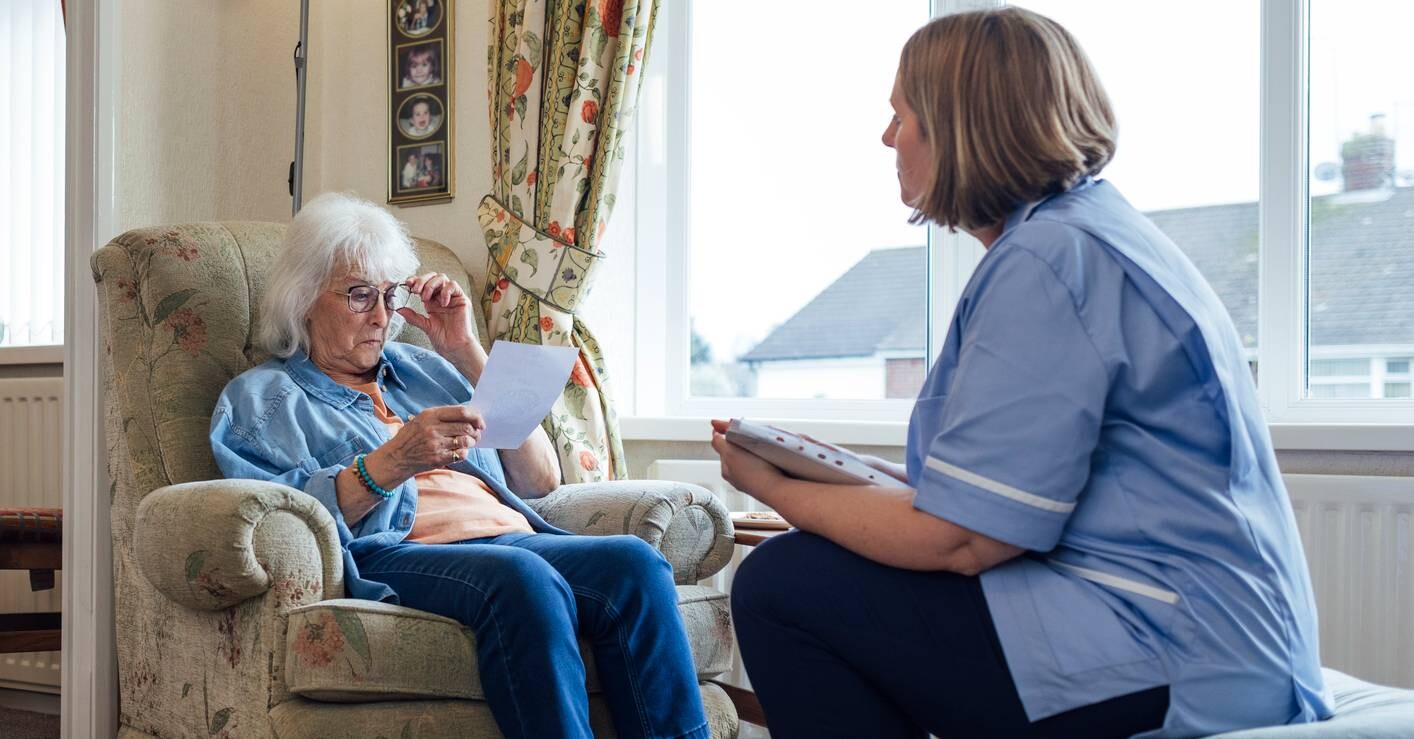Government pledge for 50,000 more nurses ‘not enough’

Key services may still be short of staff even if the government reaches its target of 50,000 more nurses by 2025, analysis published today by the Health Foundation charity has found.
The report, which looks at ten years of nursing workforce trends up until June 2020, revealed health visiting as well as community, mental health and learning disability nursing have fewer nurses than a decade ago. Although, overall nurse numbers are up by 8%.
The Health Foundation’s director of research Anita Charlesworth warned the government ‘will need to exceed its 50,000 new nurses target’ and introduce more ‘attractive pay and conditions, flexible approaches to training, development and working life’ to ‘fully recover from the pandemic’.
Related Article: New preceptorship package for social care nurses
Recent increases in nurse numbers will probably be ‘insufficient in the face of growing health care demand, made more pressing by the impact of the Covid-19 pandemic,’ the authors also cautioned, also projecting an additional 1.8 million referrals to mental health services in the next three years.
The number of mental health nurses dropped by 8% between June 2010 and June 2020; health visitors dropped by 15%; community health nurses dropped by 12%; and learning disability nurses dropped by 39%, the report found.
Modest increases in the last year, including 2% more learning disability nurses and 3.8% mental health nurses, are in part because of the Nursing and Midwifery Council’s temporary register, it said. Also worrying is that people with learning disabilities are more vulnerable to Covid-19, it added.
The nursing workforce ‘skill mix’ may also be becoming diluted with the number of nursing support staff increasing at twice the rate of growth as registered nurses in the year to June 2020.
Related Article: Funded nurse workforce plan needed for neighbourhood health services
Nursing remains the most significant workforce shortage area in the NHS. The vacancy rate exceeds 10%, accounting for 45% of all vacancies in hospital and community health settings in England.
Ms Charlesworth continued: ‘Fixing the nursing crisis is not just about getting more nurses. It is also about ensuring the workforce is fully supported and we have nurses available where they are needed most, including in mental health services, learning disability services and in the community.’
The government pledged in the build-up to last year’s election to deliver 50,000 more nurses into the workforce by 2024/25, including nurses they intend to stop leaving the health service.
Related Article: Nurse had to ‘freeze’ PPE during pandemic to re-use in care home, Covid inquiry hears
RCN chief executive Dame Donna Kinnair said: ‘Following many years with insufficient workforce, boasts about increases will feel hollow. The heavy demand on NHS and care services, long before the pandemic, was outstripping modest increases in staff numbers in some parts.
‘There is no quick solution to this crisis. It will take honesty and investment on the part of government – paying people fairly for their skill and expertise and supporting the next generation of nursing staff through their education.’

See how our symptom tool can help you make better sense of patient presentations
Click here to search a symptom




